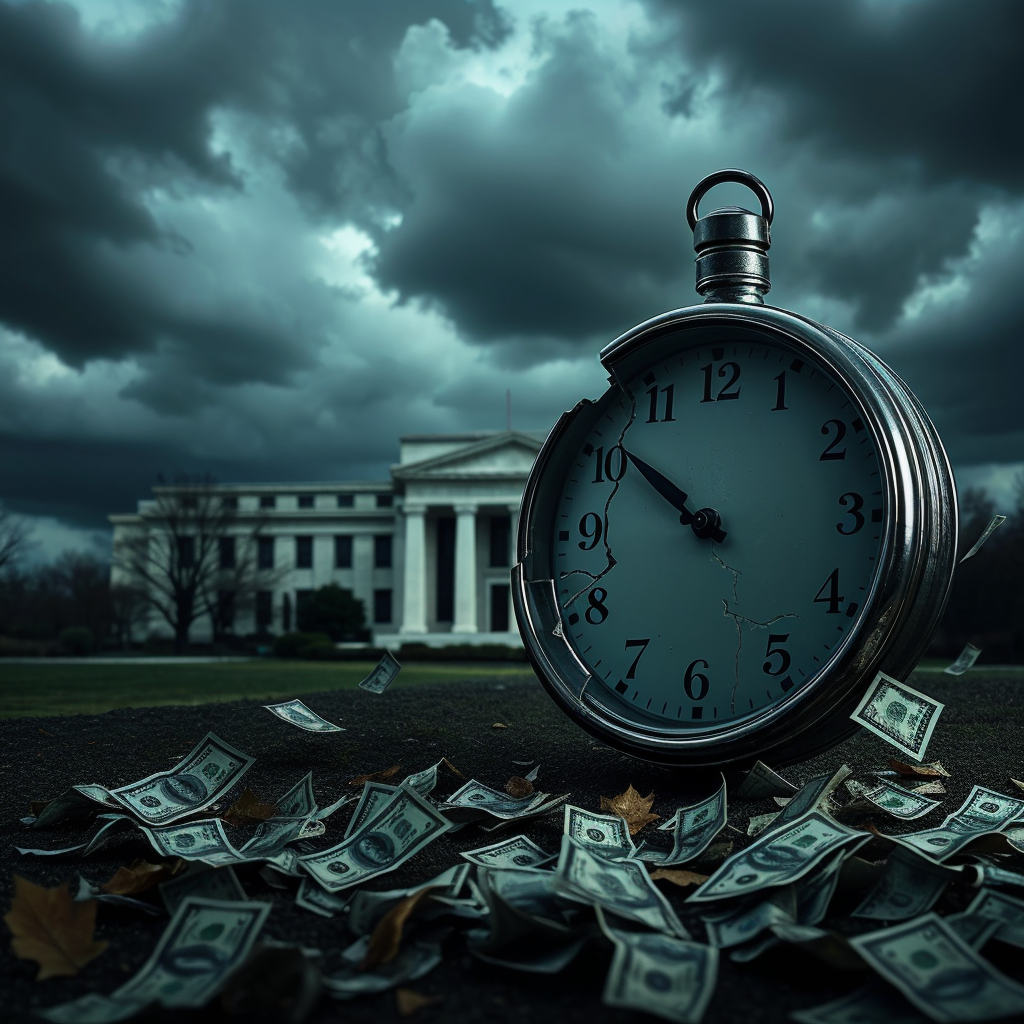The Federal Reserve’s anticipated interest rate cuts may come too late to prevent an economic downturn, according to multiple analysts. The market has been closely watching for signs of relief from the central bank, especially with inflation showing signs of slowing. However, the prevailing sentiment is that these efforts might not be sufficient to stop a looming recession.
A major concern among economists is that the Fed has hesitated too long in implementing rate cuts, waiting for inflation to cool down to manageable levels. While inflation has indeed slowed, and there’s growing speculation that the Fed could lower rates by a quarter point as soon as September, many believe that this action will not be enough to stave off economic trouble.
Looking at past economic cycles, there is historical precedence that supports this cautious outlook. During previous downturns, such as the early 2000s and the 2008 financial crisis, the Fed’s rate cuts came after the economy had already entered a recession. In both instances, while the central bank’s intervention was aimed at softening the blow, it was not enough to reverse the course of the economy.
Today, the indicators of economic stress are numerous and concerning. Manufacturing activity has been under significant pressure, with many industries struggling to maintain production levels amid rising borrowing costs. In addition, the property market, both residential and commercial, has shown signs of distress, which could lead to broader economic issues down the line.
For instance, home sales have been notably weak, which has led to a reduction in the number of housing units under construction. This decline in new builds has dropped by more than 8% this year alone. If this trend continues, it could result in significant job losses within the construction industry, further exacerbating economic woes.
On the commercial side, the picture is equally grim. Office vacancy rates have hit record highs, and there’s little sign of improvement on the horizon. This has left commercial real estate lenders, particularly regional banks, vulnerable to further losses. The exposure of these banks to the commercial real estate sector means that any prolonged downturn could result in a financial hit that reverberates through the broader economy.
A particularly worrying aspect of the current economic landscape is the state of the labor market. After showing signs of strength earlier in the year, the job market has recently indicated weakness, leading many to believe that it could be a leading indicator of a broader slowdown. Friday’s upcoming jobs report is expected to be a critical moment, with analysts paying close attention to the numbers. A weaker-than-expected jobs report could signal that the economy is cooling faster than anticipated, which may increase recession fears.
The labor market plays a central role in consumer spending, and as unemployment rises, household consumption tends to decline. With consumer spending acting as a critical driver of the US economy, any significant downturn in employment could set off a chain reaction, resulting in further economic cooling.
Even if the Fed decides to cut rates more aggressively, perhaps by 50 basis points instead of the expected 25, the effects of these cuts will not be immediate. Rate cuts typically take time to filter through the economy, meaning that any relief provided by the Fed’s actions will likely be felt months after the fact. In the meantime, the economy could continue to struggle, and the recessionary risks may deepen.
As a result of these factors, some experts are predicting that the stock market could face a significant correction. In particular, they point to the S&P 500, which could potentially fall to 3,800, representing a 31% decline from its current levels. This would be a dramatic drop, and it would bring the index’s forward price-to-earnings ratio down from its current level of 21 to around 16.
To prepare for the potential downturn, many financial professionals are recommending that investors consider shifting their portfolios towards safer assets, particularly bonds. The 10-year Treasury yield remains above 3.7%, but some expect it to drop to around 3% by 2025. Bonds are generally seen as a more stable investment during times of economic uncertainty, and they could offer investors some protection if the stock market takes a significant hit.
The consensus among many analysts is that the Fed’s delay in cutting rates has placed the economy in a vulnerable position. While the central bank’s actions may help to soften the blow, it appears increasingly likely that a recession may already be in motion by the time these rate cuts are implemented.
Several economists have echoed these concerns, pointing to the challenge of turning around a weakening labor market once it begins to lose momentum. Reviving job growth, particularly in an environment where borrowing costs remain high, is no easy task. The longer the Fed waits to take action, the more difficult it may be to reverse the economic decline.
In conclusion, while the Federal Reserve’s rate cuts could provide some relief to the economy, many experts are skeptical that these measures will be enough to prevent a recession. The combination of strained manufacturing, a struggling real estate market, and a weakening labor market all point to significant risks ahead. Investors are being urged to brace themselves for potential market volatility and to consider safer investment strategies in the months to come.

